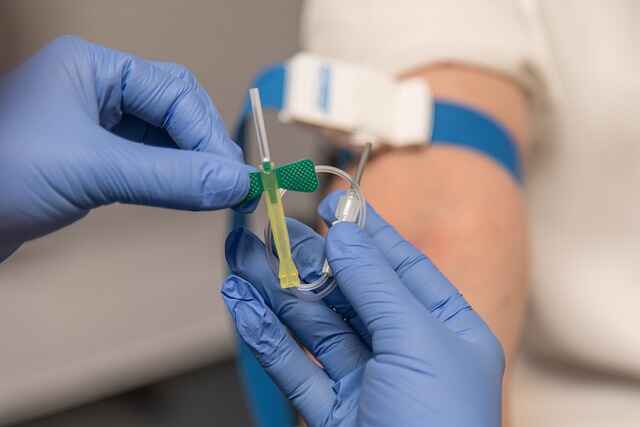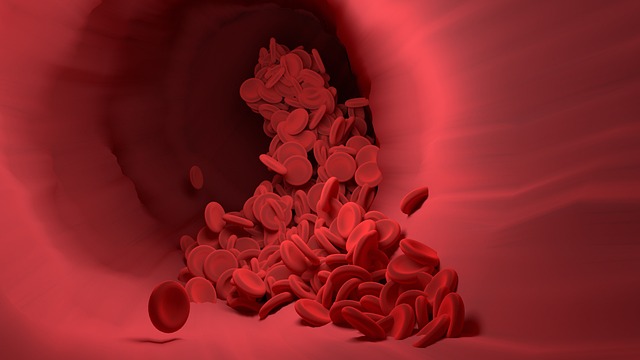Atypical hemolytic uremic syndrome (aHUS) is a rare and deadly disorder that involves the production of blood clots in small blood vessels, which causes damage and malfunction of various organs, especially the kidneys. It is classified as thrombotic microangiopathy (TMA), a group of illnesses that cause abnormal clotting in small blood vessels.
Also, Read Narcolepsy: Symptoms, Causes, Prevention, and Treatment
Causes of Atypical hemolytic uremic syndrome
The immune system component of the complement system, which is in charge of removing infections and injured cells from the bloodstream, is the primary cause of aHUS. Blood clots occur in the blood arteries in people with aHUS because the complement system is overactive or not controlled adequately.
aHUS can also be caused by genetic abnormalities that change the complement system or by acquired factors such as infections, pregnancy, certain drugs, or autoimmune diseases that promote complement dysregulation. It can happen to anyone at any age, including children and adults.
Symptoms of aHUS
The following are the most common symptoms of aHUS:
- Hemolytic anaemia: It is caused by irregular blood coagulation and the destruction of red blood cells, resulting in a low red blood cell count and anaemia. This might result in symptoms like fatigue, weakness, and pale skin.
- Thrombocytopenia: Blood clots caused by aHUS can impact platelets, resulting in decreased platelet counts. Thrombocytopenia can cause easy bruising, bleeding, and bleeding for an extended period.
- Acute kidney injury: It occurs when blood clots form in the small blood arteries of the kidneys, impairing their function and resulting in acute renal injury. This might result in symptoms such as reduced urine production, edoema, hypertension, and electrolyte abnormalities.
- Organ damage: Aside from the kidneys, aHUS can affect other organs such as the brain, heart, and gastrointestinal system, resulting in a variety of consequences depending on the organs affected.
Risk factors of aHUS
The following are the major risk factors for aHUS:
- Genetic mutations
- Family history
- Complement System Abnormalities
- Triggers
Diagnosis
Your physician will most likely conduct a physical examination and suggest lab testing, such as:
- Blood test: These examinations might reveal whether your red blood cells are harmed. A low red blood cell count, a low platelet count, or a higher-than-normal level of creatinine, a waste product typically eliminated by your kidneys, can also be found by blood tests.
- Urine test: This test can find unusual amounts of protein, blood, and infection-related symptoms in your urine.
- Stool test: Toxin-producing E. coli and other bacteria that can cause HUS may be detected by this test.
Your doctor might also suggest more testing if the HUS’s underlying cause is unclear.

Treatment
aHUS needs to be treated in a hospital. The kidneys aren’t eliminating fluids and waste as effectively as they normally are, thus lost fluids and electrolytes must be carefully supplied.
Your doctor might prescribe blood pressure medication if you have long-term kidney failure from HUS to stop or delay further kidney damage. Some HUS patients who suffer from significant renal impairment will eventually require a kidney transplant.
Dialysis may be required sometimes to remove waste and extra fluid from the blood. Dialysis is typically used as a short-term solution until the kidneys can start functioning normally again. However, if your kidneys are severely damaged, you might require long-term dialysis.
Also, Read What is Dialysis: Types, Process, Benefits and Diet for Patients Undergoing Dialysis
Is There Any Diet That is Recommended For Patients With aHUS?
For the general well-being and support of kidney function in people with atypical hemolytic uremic syndrome (aHUS), maintaining a nutritious diet is crucial. There is no particular diet that can, however, cure or treat aHUS. The following are some general dietary suggestions for people with aHUS:
- Balanced diet
- Sodium restriction
- Protein intake
- Fluid intake
- Phosphorus and Potassium Management





